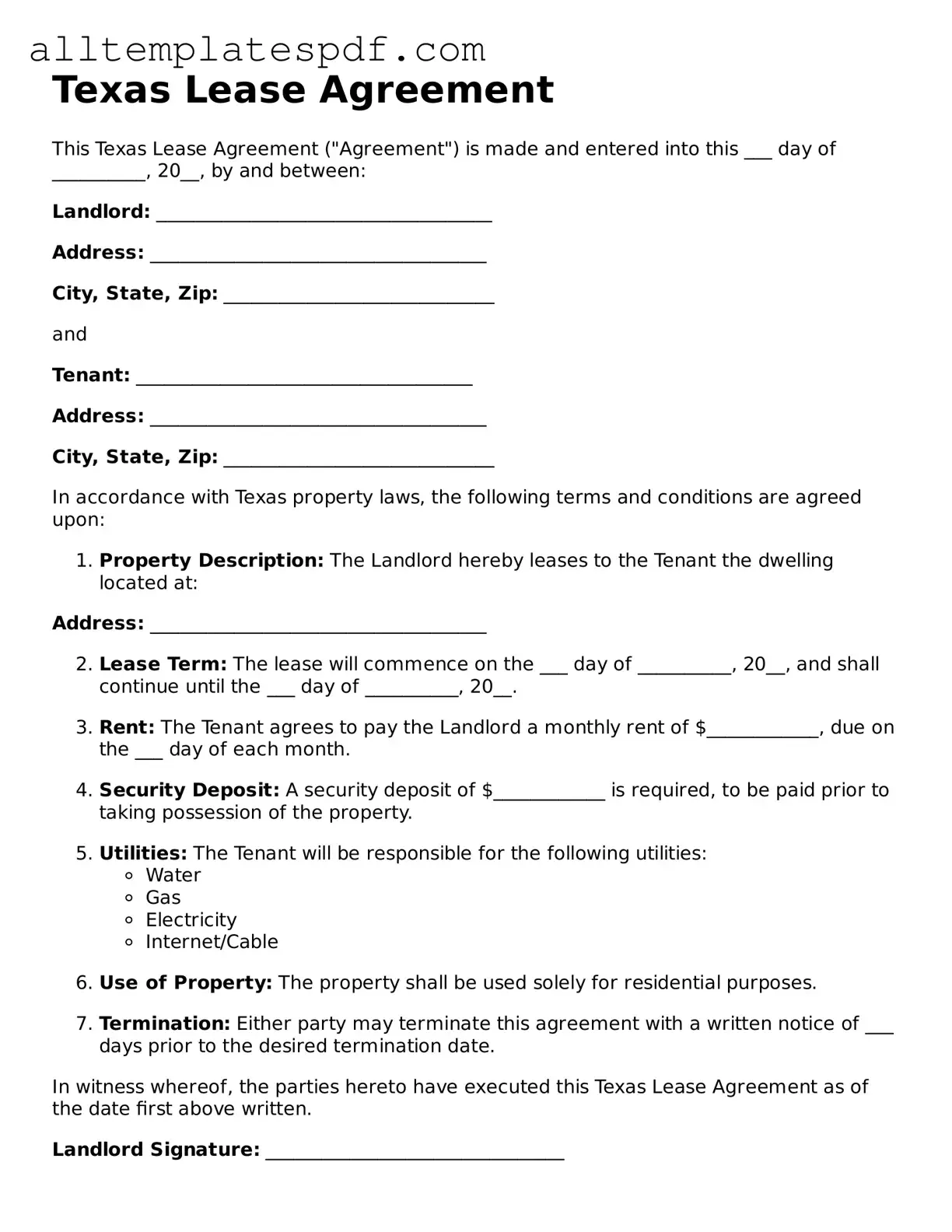Free Lease Agreement Template Word
- The Lease Agreement helps prevent disputes by clearly defining terms.
Standard Lease Agreement Template
- Defines the responsibilities for utilities and services.
For individuals navigating estate tax matters in New York, the New York Et 95 form is indispensable, providing a structured way to reclaim funds previously paid in estate taxes. Executors and authorized representatives can utilize this document to not only challenge denied or altered refunds but also to address any discrepancies that may arise due to federal audits. For those looking for resources related to this process, NY PDF Forms offers templates and guidance that facilitate the completion and submission of the form, ensuring compliance with the necessary criteria and procedures.
Apartment Contract Sample
- Includes property rules and regulations to ensure a peaceful living environment.
